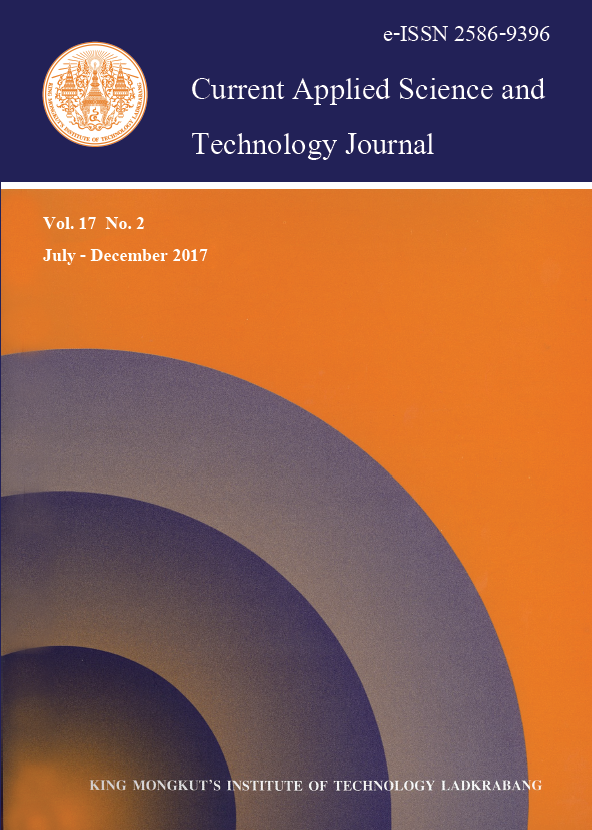After harvesting Nang Lae pineapple fruits, their leaves remain as agricultural waste. The Nang Lae pineapple leaves contained moisture up to 82.91±0.22% and 32.21±0.67% (w/w) cellulose. Methyl cellulose, a well-known commercial product which is widely used in agriculture, food, and pharmaceutical industries, from Nang Lae pineapple leaves (MCpl) was synthesized with various NaOH concentrations (30%, 40%, and 50%) and their properties i.e., the degree of substitution (DS), color, viscosity, water solubility, and functional groups (FTIR) were determined. The use of 40% NaOH in the methylation of cellulose gave the highest yield (136.31±26.27%) and the highest DS (1.36±0.03). However, this DS value of MCpl was lower than the DS value (1.61±0.02) of commercial MC (MCc). This synthesized MCpl using 40% NaOH was found to have better properties than the MCpl from others such as the higher lightness (L* 75.17±0.28), higher viscosity (20.40±0.25cP), higher water solubility (86.00±2.00%), and showed the similar FTIR patterns as the MCc. Thus, the synthesized MCpl using 40% NaOH was selected to be applied in the film formation. The film produced from MCpl (2% w/v) showed higher tensile strength (58.30±10.78MPa) and water solubility but lower elongation (19.63±8.15%) than MCc film. There was no significant difference between water vapor transmission rate (WVTR) of MCpl and MCc films. Hence, MCpl film can be a good alternative for using as an edible film
Keywords: Nang Lae pineapple leaves, methyl cellulose, synthesis, edible film
*Corresponding author: Tel: 0-605-391-6754 Fax: 0-665-391-6737
E-mail: wirongrong.ton@mfu.ac.th
Suhaimi, S. B. ., Patthrare, I. ., Mooktida, S. ., & Tongdeesoontorn*, W. . (2018). Synthesis of Methyl Cellulose from Nang Lae Pineapple Leaves and Production of Methyl Cellulose Film. CURRENT APPLIED SCIENCE AND TECHNOLOGY, 233-244.

https://cast.kmitl.ac.th/articles/128539